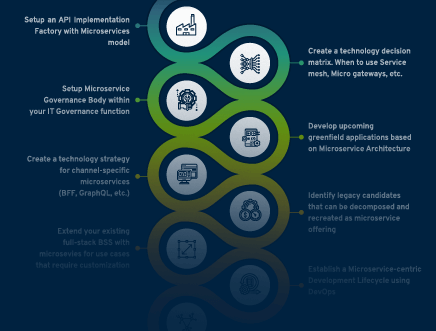
Organizations today are confronted with challenges arising from the growing number of applications and managing the volume of data being generated across cloud and on-premise environments.

Today, as business data increasingly proliferates a multitude of systems, app-integration teams are finding it increasingly difficult to keep pace. While a platform-based approach takes the pain out of integrating and scaling applications, the volume, velocity, and veracity of data are adding to integration complexities.

Site reliability engineering is a process that relies on software tools to automate and streamline IT infrastructure tasks like incident response, system management, change management, and application monitoring.

Many IT leaders are investing in cloud migration as part of their digital transformation strategy, but the industry’s success record has been patchy. According to a 2021 report by McKinsey, poorly orchestrated cloud migrations could cost enterprises up to US$100 billion over the next three years.

A UK-based telco migrated to the cloud to take advantage of cost efficiencies and scalability through cloud adoption. But contrary to expectations, the costs kept mounting over time and strained the telcos operating budgets.

Modernizing existing legacy applications is the first step in any organization's digital transformation roadmap. Other than preparing the groundwork for an agile, scalable and reliable IT infrastructure...










